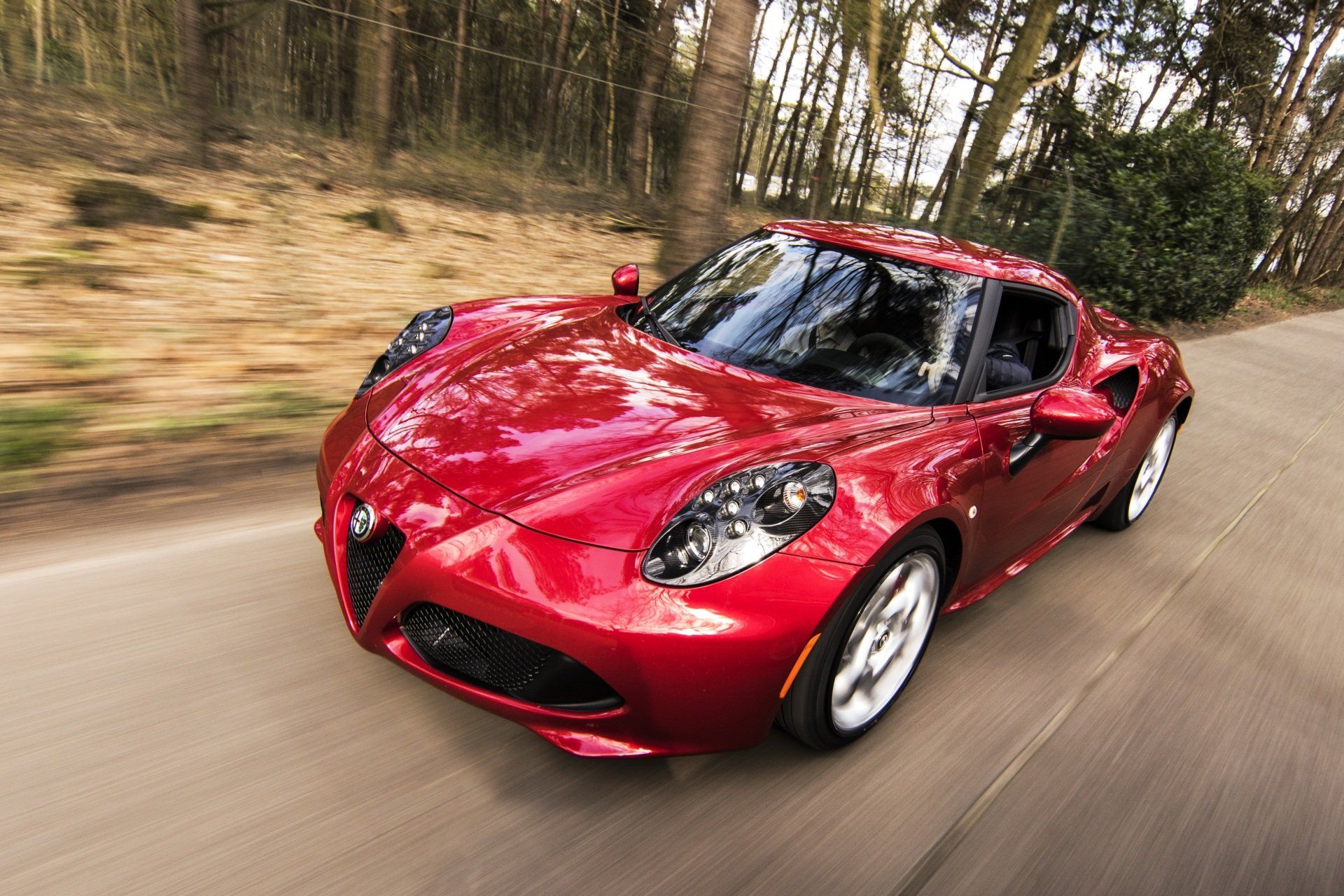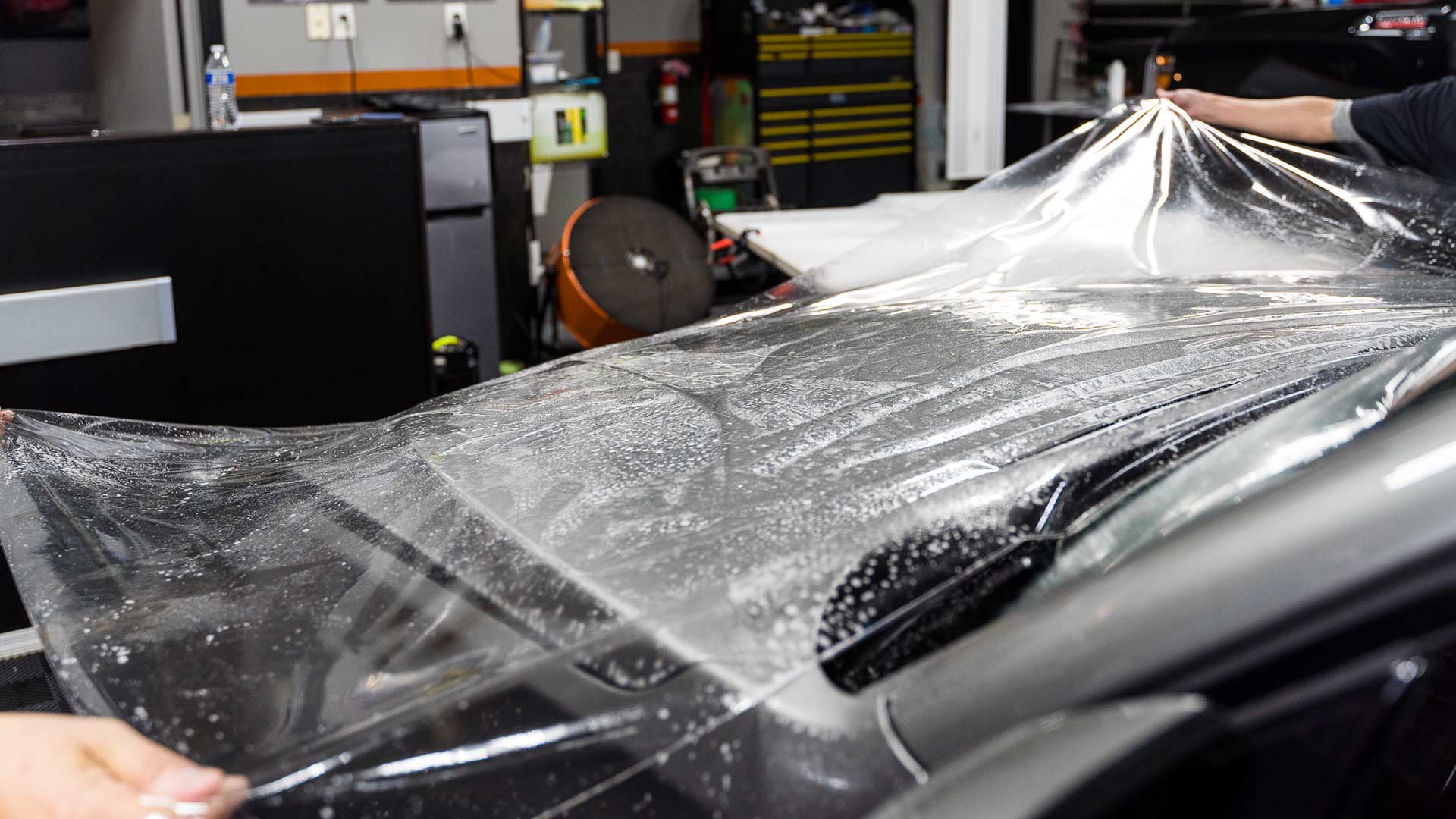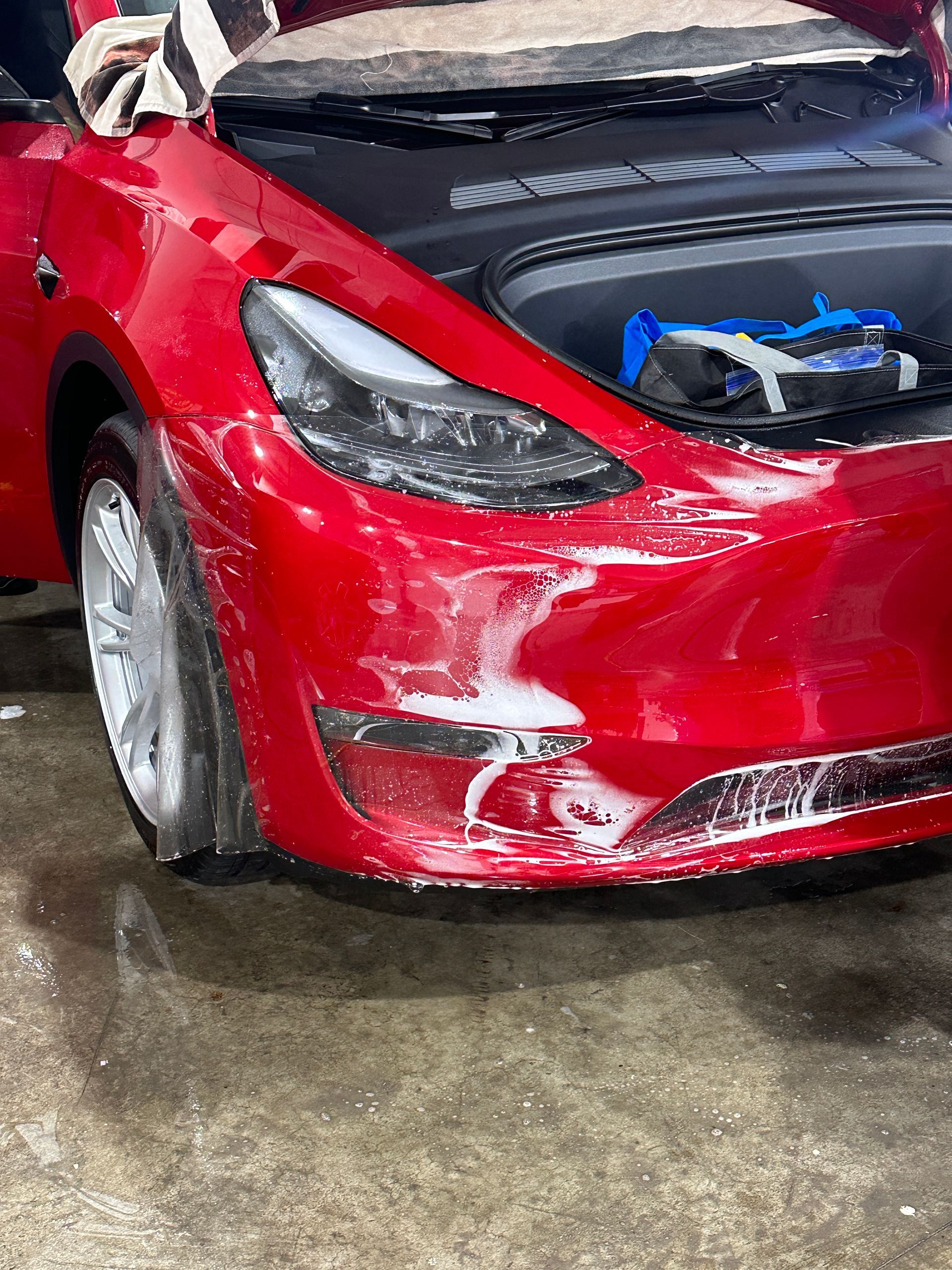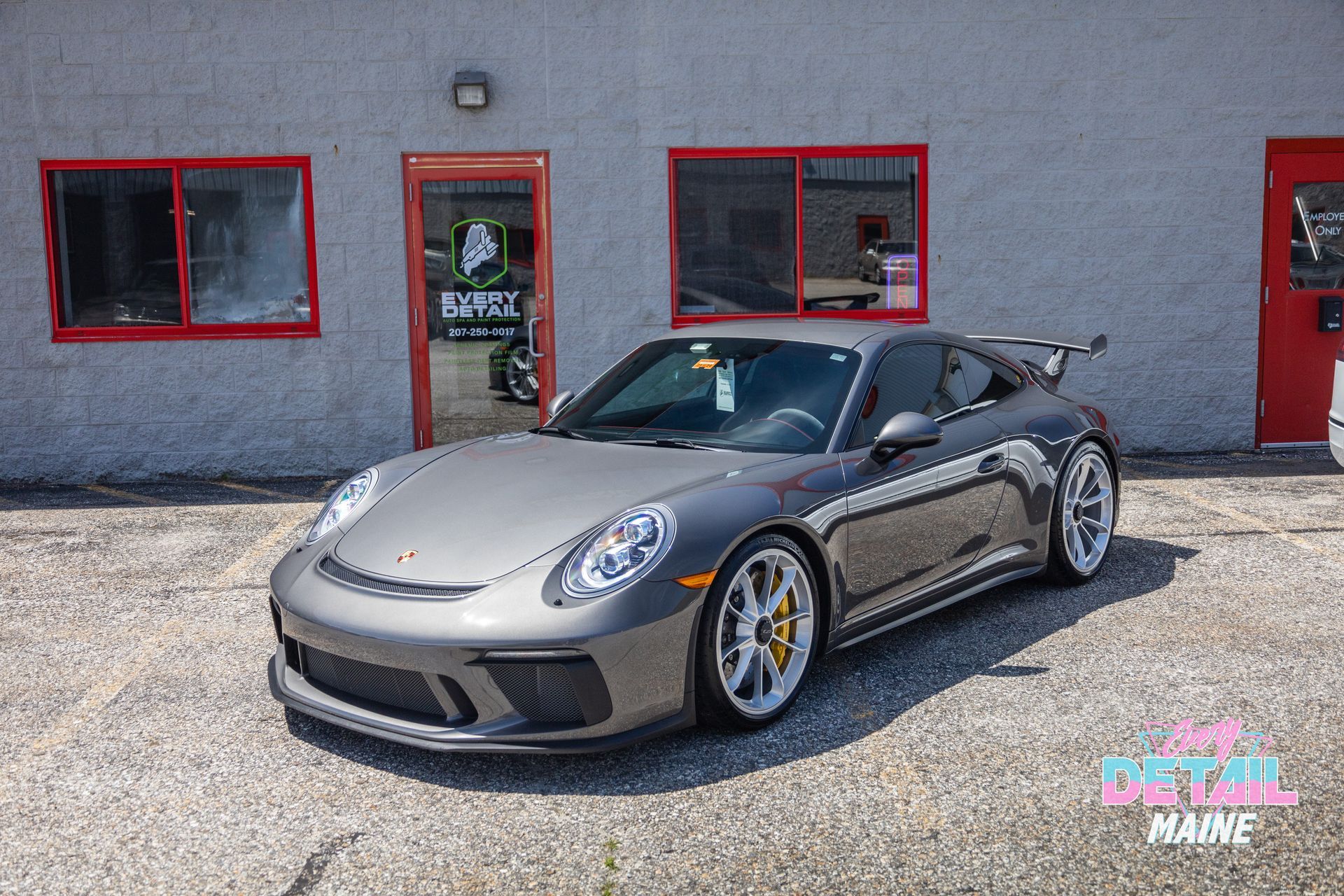Does PPF Damage Paint? The Facts and Myths You Need to Know
When it comes to protecting your vehicle, there's a lot of information out there—much of which can be confusing or downright misleading. One popular solution is Paint Protection Film (PPF), but many car owners wonder if using it will mean damaging their paint job in the long run. If you've been searching for clear, honest answers about PPF and its impact on your car's finish, you're not alone. I’ve spent time diving into this topic to separate fact from fiction. By exploring the realities of PPF—including its installation, benefits, and common myths—you’ll soon discover why this protective layer might just be what your vehicle needs to stay looking sharp for years to come.
When professionally installed and maintained, Paint Protection Film (PPF) does not damage the underlying paint upon removal. Common myths suggesting that PPF inherently harms paint are unfounded; instead, high-quality films by reputable manufacturers can protect the surface while preserving its integrity.
Myths About PPF and Paint Damage
One prevalent myth is that PPF makes vehicles look bulky and unattractive. In reality, modern film technology has advanced significantly, allowing for the creation of ultra-thin, clear films that protect without altering the aesthetic appeal of your car. Quality brands utilize materials designed to ensure a seamless installation. When professionally applied, these films are nearly invisible to the naked eye, allowing your vehicle’s original color and shine to stand out.
However, another misunderstanding revolves around the longevity of PPF—specifically regarding its tendency to become discolored over time. Many people believe that all PPF will yellow or peel with age. Thankfully, today's high-quality films are engineered with advanced UV inhibitors that combat fading by blocking harmful rays from the sun. Additionally, many feature self-healing properties, which means minor scratches can disappear on their own when exposed to heat, making it an increasingly resilient option. In fact, studies indicate that products from trusted manufacturers like Xpel can maintain clarity for up to ten years if properly maintained.
As we dispel these myths, it’s crucial to address concerns regarding the potential harm that PPF may pose to a vehicle's paintwork. The idea that PPF directly harms the underlying paint is another misconception worth addressing. While it's true that improper installation or removal could lead to issues, reputable installers know how to apply and remove PPF correctly. When handled by professionals, the film adheres strongly without causing damage. The integrity of your paint remains intact post-removal, with over 95% of users reporting no damage after they decided to take off their PPF. Therefore, the key lies in choosing quality films and skilled technicians when applying your protective layer.
Understanding these facts provides confidence in considering this protective measure for your vehicle. Moving forward, it’s essential to explore further details about a common concern: the impact of environmental factors on paint discoloration.
The Truth Behind Paint Discoloration
When it comes to paint protection film (PPF), understanding how it interacts with your vehicle's paint is crucial for any car enthusiast. Many people worry that applying PPF might lead to discoloration, but the truth is quite the opposite. High-quality PPF contains advanced UV-resistant properties that actually help prevent paint from fading over time.
By acting as a shield against harmful sunlight, dirt, and debris, PPF can maintain the vibrancy of your car's color while extending its lifespan. Research has supported these claims; for instance, Xpel, a well-regarded manufacturer of PPF, asserts their product can protect against UV rays for up to a decade without showing significant signs of discoloration. This means that investing in PPF safeguards your vehicle from external threats while preserving its aesthetic appeal—a fact especially important for those who take pride in their car's appearance.
A study conducted by the International Journal of Automotive Technology reported that 85% of users experienced no discoloration under PPF after five years. Furthermore, feedback gathered from Reddit users indicates many have shared experiences where their vehicles remained nearly showroom-new even after several years under PPF protection. A BMW owner proudly recounted how their five-year-old car showed no signs of fading once the film was removed. These real-world examples showcase the efficacy of high-quality products when installed correctly.
With a clear understanding of how paint protection film maintains the integrity of your car's finish, we can now explore the nature of its adhesion properties and what that means for your vehicle’s surface.
PPF Adhesion: Temporary or Permanent?
The concern about whether Paint Protection Film (PPF) adheres temporarily or leaves permanent marks is common. It's essential to recognize that PPF is crafted with specific attributes designed for protection without damaging your vehicle's finish. This film employs high-quality adhesives that provide a robust bond to your car's surface, ensuring that it withstands the elements. However, while it adheres securely, it is also specifically designed to be removed cleanly.
Temporary Yet Durable
Although PPF provides substantial protection against scratches, chips, and UV rays, its adhesion is not meant to last forever in the sense of causing issues when removed. Many users find that PPF serves as a durable shield for five to ten years. When the time comes for it to be replaced or removed, you can do so without fear of leaving behind adhesions or adhesive residue that might compromise the paint underneath. Users on automotive forums frequently attest to their experiences of enjoying nearly six years of effective protection before deciding on removal. Leading manufacturers in this field emphasize that their products can last between 5 and 10 years if maintained correctly. This longevity speaks volumes about how advanced PPF technology has evolved; it quietly protects while being ready for eventual replacement without a hefty price.
Factors in Safe Removal
- Use of proper tools: The right equipment makes all the difference. Using heat guns or steamers can make removal smoother by loosening the adhesive's grip without tearing the film or damaging the paint beneath.
- Professional removal: For peace of mind and assurance that your car remains intact, seeking professional services can help ensure best practices are followed during the removal process—preserving the integrity of your vehicle’s paint job.
With secure adhesion clarified, we can now assess how utilizing this protective film contributes to preserving your vehicle's appearance and overall value.
Practical Benefits of Using PPF
PPF provides an impressive blend of both protection and aesthetic appeal, making it a coveted option among car enthusiasts. When applied correctly, it becomes nearly invisible, preserving the beauty of your vehicle while acting as a robust shield against a multitude of threats. For instance, everyday hazards like flying rocks or gravel can cause minute chips to the paint, but with PPF in place, these risks shrink considerably. A study even suggested that vehicle owners utilizing PPF can save between $500 to $1000 annually on repairs and touch-ups. It's remarkable to think about how such a protective layer can translate to significant financial savings.
Protection Against Environmental Damages
The effectiveness of PPF shines, especially when considering its role in shielding your vehicle from environmental damages. Bugs, bird droppings, tree sap, and harsh weather can all wreak havoc on your car's finish, dulling its shine over time. PPF acts as a barrier against these elements, ensuring that your car not only looks great but also remains intact beneath the surface. Maintaining this protective layer helps avoid frequent visits to auto body shops—no more expensive paint jobs or repairs! This means that enjoying the open road or taking your car out for weekend trips is worry-free because it's safeguarded against the elements.
Additionally, maintenance becomes simpler too. Regular washing isn't just about aesthetics; keeping your PPF clean contributes to its durability and effectiveness. Whether you're taking a quick trip through the car wash or meticulously detailing your ride at home, you’ll notice that dirt and debris slide off much more easily with PPF than without it. This ease goes hand-in-hand with another impressive quality: self-healing properties. Minor scratches can vanish if you simply apply some heat—like from sunlight or warm water—allowing you to maintain a flawless appearance without constant polishing.
Reaping these benefits largely depends on expert installation techniques, which highlights the importance of finding a reliable service provider to maximize the advantages of PPF for your vehicle.
Expert Installation Tips
When it comes to paint protection film (PPF), precision is vital. Even the best product can fall short if not applied properly. Therefore, it's essential to follow expert tips that ensure your investment lasts longer and provides the protection you expect.
Choose Certified Installers
First and foremost, always opt for certified installers from renowned PPF manufacturers. These professionals don’t just come with a degree; they bring expertise cultivated through extensive training. By selecting a certified installer, you're guaranteed quality along with warranty coverage should anything go awry. They are adept at applying the film without bubbles or misalignment, ensuring it hugs every curve of your vehicle seamlessly.
Prepare the Surface
You might think that applying PPF is as simple as peeling and sticking, but there’s much more to it. Proper surface preparation is critical for maximizing adhesion and longevity. Here’s how to get started:
- Clean Thoroughly: Ensure the vehicle's surface is spotless. Use high-quality automotive soap and microfiber cloths to remove dirt, grime, and wax residues. This process will enhance the bond between your paint and PPF.
- Paint Correction: Address any imperfections in your car's paint before applying PPF. Polishing out tiny scratches or swirl marks results in a smoother finish once the film is applied.
- Ensure Proper Conditions: Timing and environment are crucial when applying PPF. Perform the installation in a controlled environment—ideally indoors—where airborne particles and direct sunlight can be minimized. Dust particles can lead to issues in installation quality, resulting in unsightly bubbles and stretched film.
Use Quality Products
Investing in high-quality PPF brands pays off significantly. While cheaper options may seem attractive, they often lead to common issues such as yellowing or peeling over time—problems most people only discover after it’s too late. High-quality products often incorporate self-healing properties that greatly enhance durability against minor abrasions and scratches. Focusing on these aspects of installation not only saves money in potential repairs but also ensures robust protection from environmental elements while maintaining your vehicle's pristine appearance. Now, let's explore further strategies to keep your vehicle safe from scratches and debris.
Protection Against Scratches and Debris
One of the most touted benefits of PPF is its ability to guard your vehicle's paint from scratches and debris. Imagine driving along a gravel road with confidence, knowing that your car's pristine finish is shielded from flying stones. This is not just an idea; it’s a reality experienced by countless car enthusiasts who have invested in PPF. Whether you drive a sports car like a Porsche or a family SUV, PPF acts as a sturdy barrier, absorbing impacts that would otherwise leave lasting marks.
The real-world protection offered by PPF cannot be overstated. Users share stories of how their cars emerge unscathed after tough driving conditions—whether it's navigating through construction zones, experiencing rough weather, or participating in track days where speeds can soar. Beyond anecdotal evidence, studies show that vehicles with PPF experience up to 50% fewer paint chips and scratches compared to those without this protective layer. It's designed to withstand impacts from debris traveling at speeds of up to 70 mph, demonstrating exceptional durability.
Real-World Protection
Consider another example: A proud owner of a high-end coupe frequently takes every opportunity to drive on scenic yet rocky routes. They were pleasantly surprised when small stones bounced off the hood without causing any damage. After weeks of such adventures, the owner's car remained looking brand new, thanks to PPF. The same goes for those supercar owners who participate in autocross events; feedback from professional detailers indicates that with proper installation, PPF maintains its integrity under high stress, protecting the underlying paint effectively and requiring minimal maintenance.
Comparison with Alternatives
Perhaps one way to appreciate PPF's effectiveness is to compare it against other popular protective solutions, helping clarify its unique advantages. When looking at this comparison table, it’s clear that while ceramic coatings and wax offer some level of protection, they simply can't match the longevity and resilience provided by PPF. While ceramic coatings can provide a shine and moderate durability—lasting around two to three years—they often require more frequent upkeep. Wax products, although affordable and easy to apply, typically last only for months and don’t provide substantial protection against scratches or rock chips.
With this insight into the exemplary protective capabilities of PPF against scratches and debris, it becomes evident how valuable this investment can be for maintaining the beauty and integrity of any vehicle. Car owners must weigh these benefits carefully alongside prevalent misconceptions to make well-informed decisions about safeguarding their automotive investments.
In understanding the key advantages of paint protection film, it's clear that investing in PPF can significantly enhance the longevity and appearance of your vehicle's paintwork.
Protect Your Vehicle with Expert PPF Services in Portland, ME
Guard your vehicle against road debris, rock chips, and harsh elements with Every Detail’s premium paint protection film services. Our high-quality, clear films provide an invisible layer of defense, keeping your car’s paint pristine while enhancing its durability. With precision installation and a focus on quality, we ensure your vehicle remains protected and looks great for years to come. Protect your investment today with Every Detail’s expert PPF services in Portland, ME!
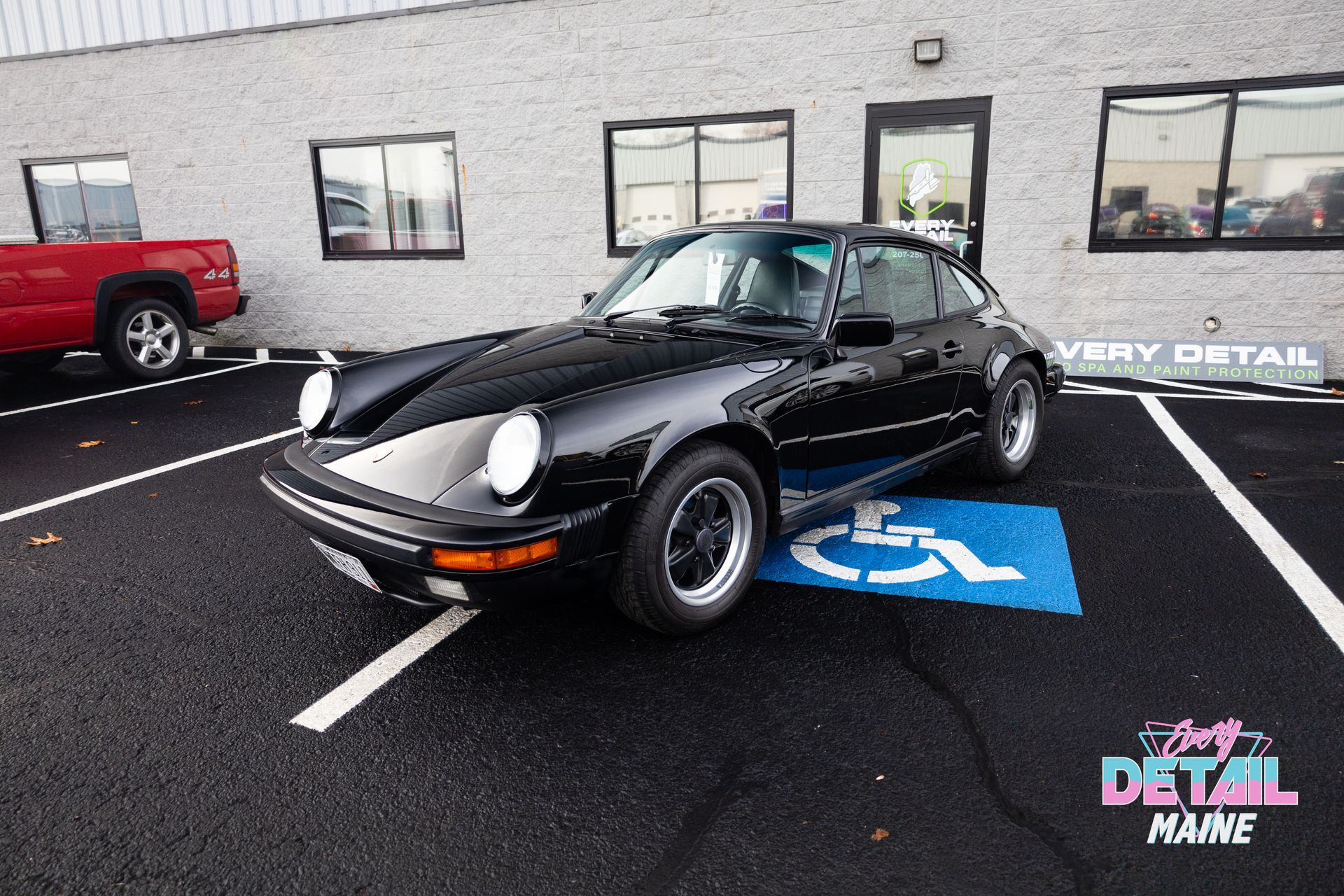
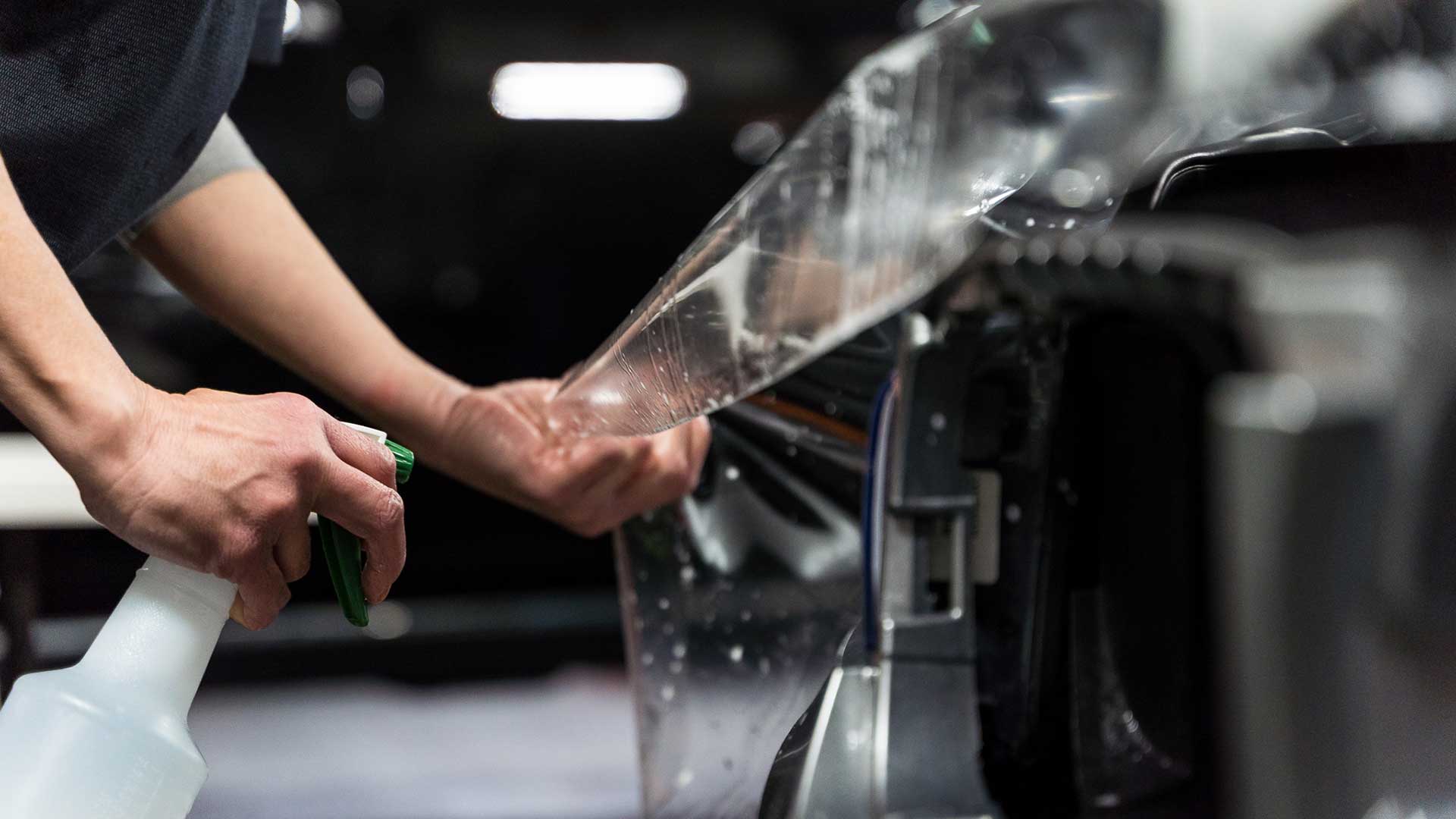
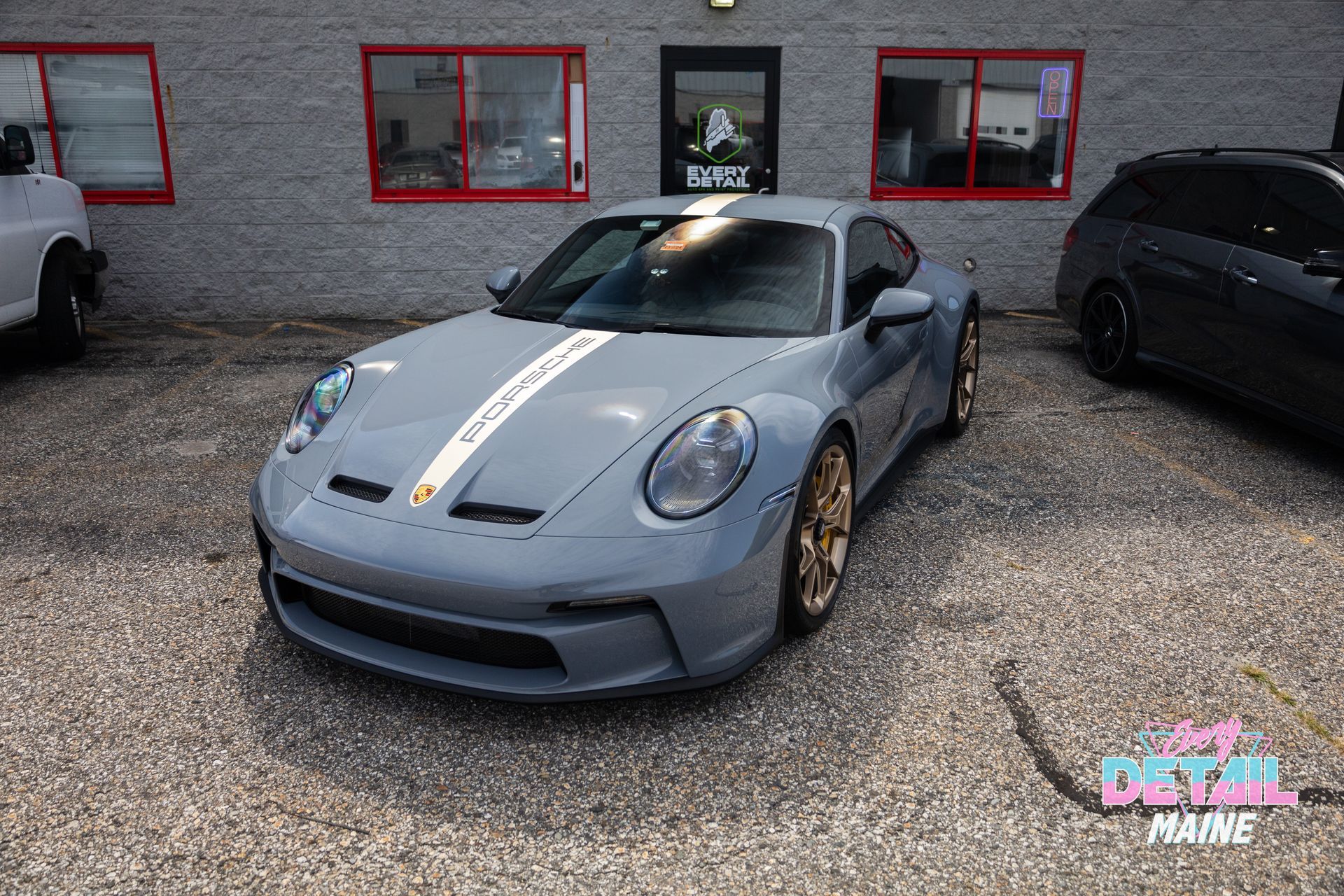

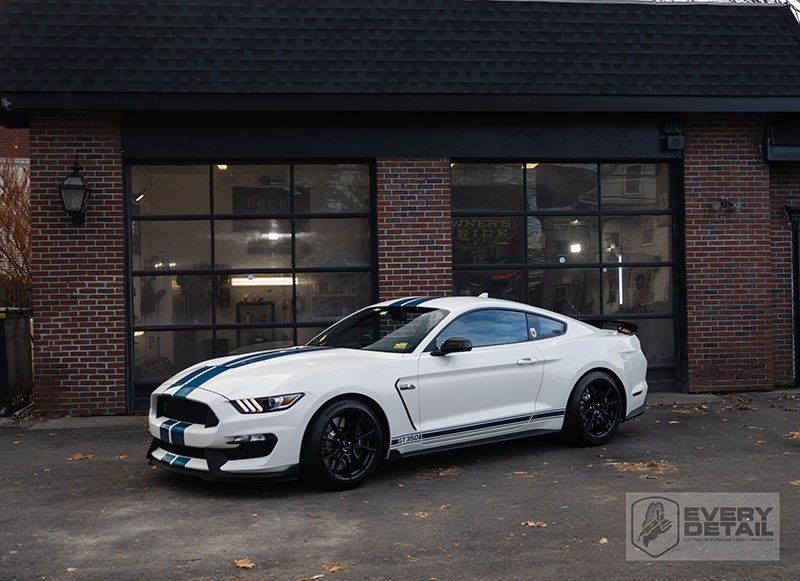
ABOUT US
Every Detail has spent several years in the automotive detailing business building a trusted team of paint protection professionals and vehicle detailers that can guarantee that your automobile will look brand new when leaving our Portland, ME shop. We offer long-term ceramic coatings and clear bras to keep your paintwork fresh and glossy, intricate interior and exterior vehicle detailing services that restore and protect, and a paint correction process remedying even the worst surface defects. Choose Every Detail today and experience the difference!
QUICK LINKS
This website was designed by the team at Detailers Roadmap, a platform developed for detailing operators across the globe.
Photography rights and license from EL.Photos & Xyooj Media
All Rights Reserved | 8bitcreative, LLC | Every Detail



